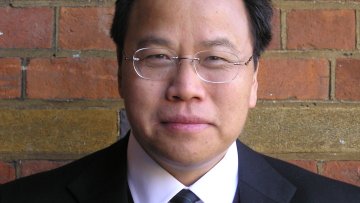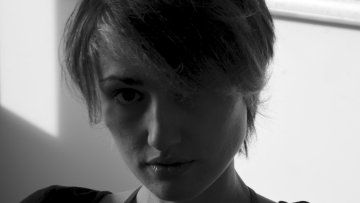Plant puzzle cell shape is an adaptation to a developmental constraint based on mechanical stress and isotropic growth
Abstract
The puzzle-shaped cells that appear in the epidermis of many plants are a striking example of a complex cell shape. Since shape in an organism is often thought to be closely related to its function, it suggests that these unusual shapes must have some functional benefit to the plant. We
propose that the creation of these complex shapes is an effective strategy to reduce mechanical stress in the cell wall. Although the
formation of these shapes requires highly anisotropic and non-uniform growth at the sub-cellular level, it appears to be triggered by
isotropic growth at the organ level. Analysis of cell shape over multiple species is consistent with the idea that the puzzle is in
response to a developmental constraint, and that the mechanism is like to be conserved among higher plants.



